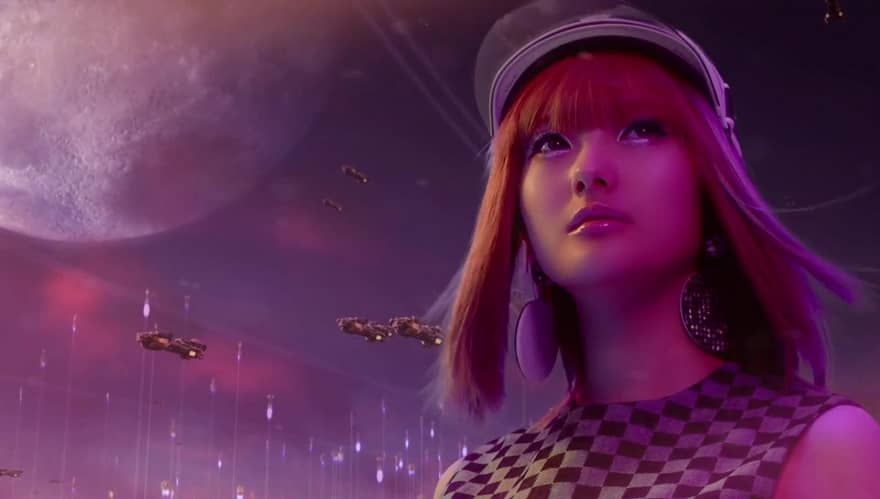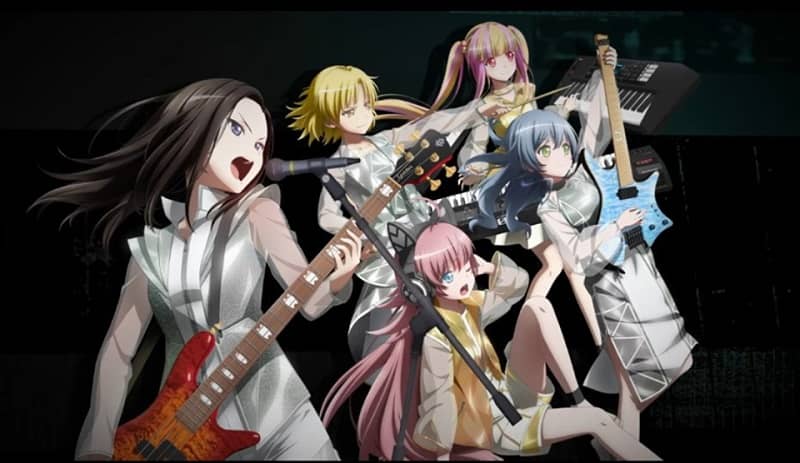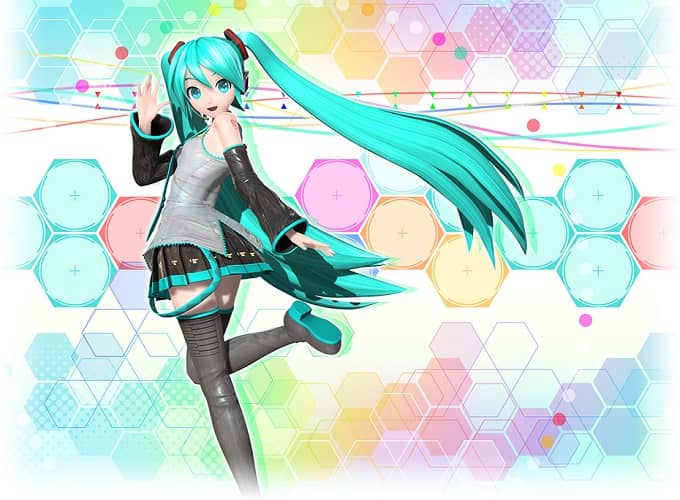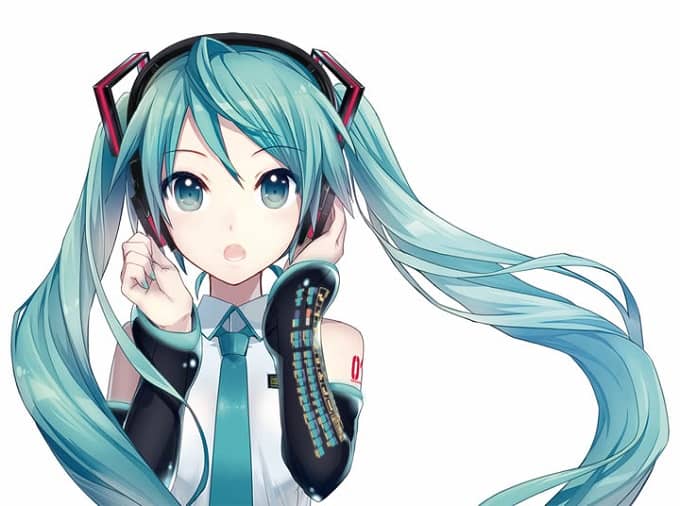Vision Terrania: Perry Rhodan NEO, Volume One by Frank Borsch & Christian Montillon
Perry Rhodan NEO (J-Novel Club)
As you might deduce from the title, Perry Rhodan NEO is a newer rebooted take on the original Perry Rhodan series. It’s not so new in its homeland of Germany, where this version has been running since 2011 — although printed in its native language, of course. Having this particular series available digitally in English however, is definitely a brand-new development.
Despite its status as the world’s longest-running serialized science fiction story, it’s relatively unknown to most members of the English-speaking public. That’s not what drew my own interest though, as I first discovered Perry Rhodan back in its original English-language version decades ago, when it was published in paperback by Ace Books (when I was still in grade six?!). So, one might say that it had a fairly formative effect on my interest in the whole genre, or that it held some reasonably large amount of interest for me, at least…!







